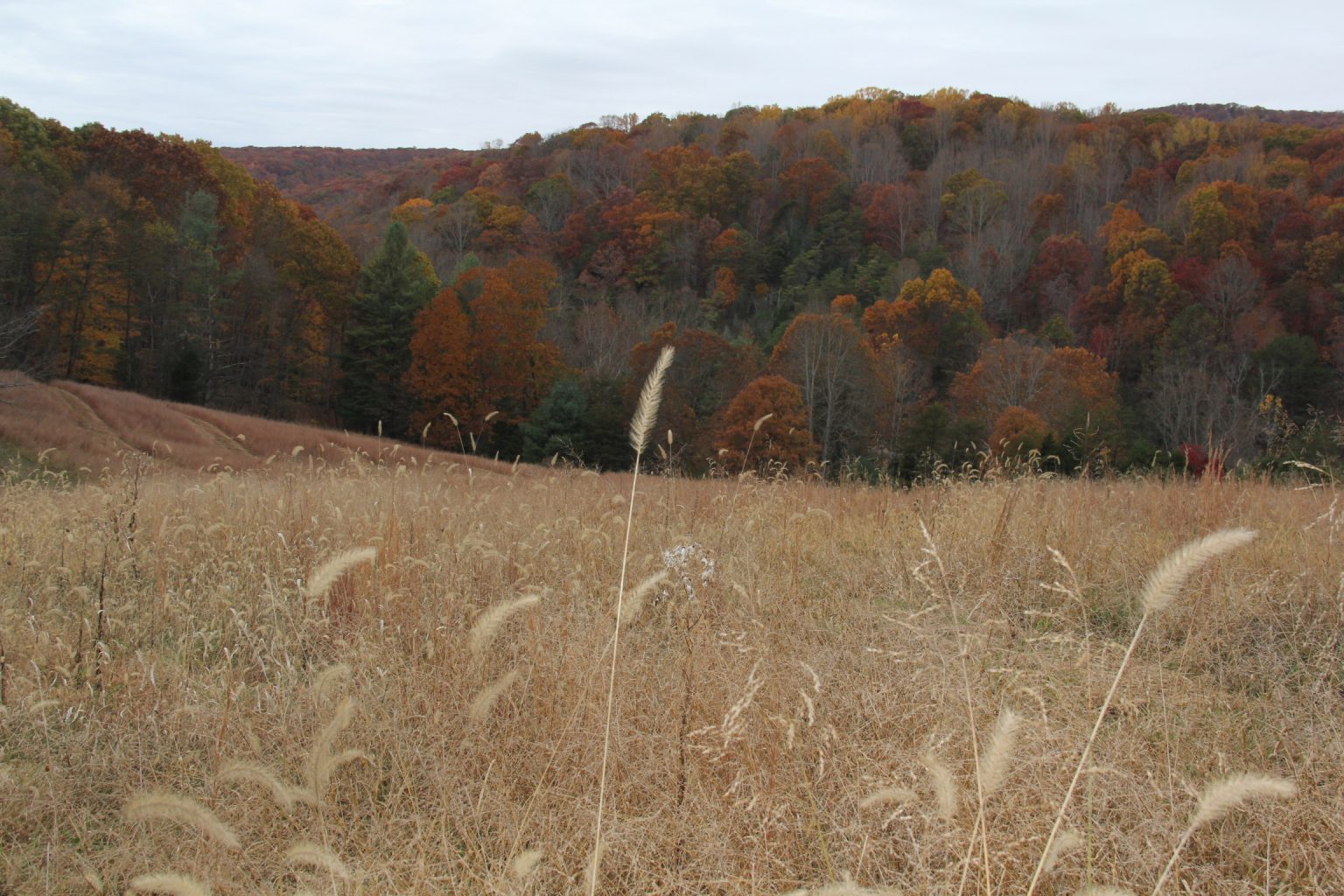
It was the end of a long day of wildlife observation at ThunderCroft, and conservation biologist Lori Blanc was ready to go home. But something was standing in her way. “It was just gorging itself on acorns, right between me and my car—a fat black bear,” she remembers. “All it cared about was eating, so I waited.” As the sun started to set, Blanc grew impatient. “They startle easily and prefer not to interact with people, so I clapped loudly from a safe distance. It looked my way, scratched its back against a tree and lumbered off.”
Close encounters with black bears may not be for everyone, but visitors to ThunderCroft appreciate what owner Buck Cox calls “a front-row seat to nature.”
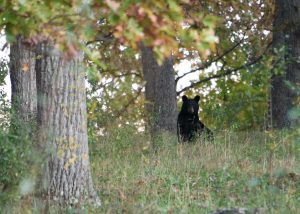
To that end, Cox has invited Blanc to develop various nature-based experiences at ThunderCroft, from short, guided natural history walks to multi-day retreats. Guests will be able to learn about the biodiversity of Appalachia, develop nature observation skills, or contribute to citizen science on ThunderCroft’s eBird and iNaturalist sites.
While the programs are still in the planning stages, guests at either of
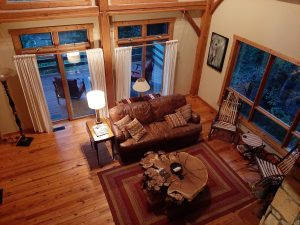
ThunderCroft’s two lodges can enjoy views of Brush Mountain and Jefferson National Forest right now. The lodges (one outfitted for overnight stays, the other available as a day-use facility) have balconies and picture windows that offer the possibility of seeing wild turkeys, native songbirds, frogs, toads, and owls, as well as the occasional bear, from a safe yet intimate perch. The property also contains three miles of trails that provide access to Jefferson National Forest.
Protected by an open-space easement with the Virginia Outdoors Foundation (VOF) since 2011, ThunderCroft’s 138 acres are a mix of forest, savannah and meadow that Cox has worked to restore from farm fields since buying the property in 2013. Cox plans to add the 19-acre tract containing the Brush Mountain Lodge to the easement pending VOF approval. ThunderCroft’s varied habitats host around 108 different species of birds.
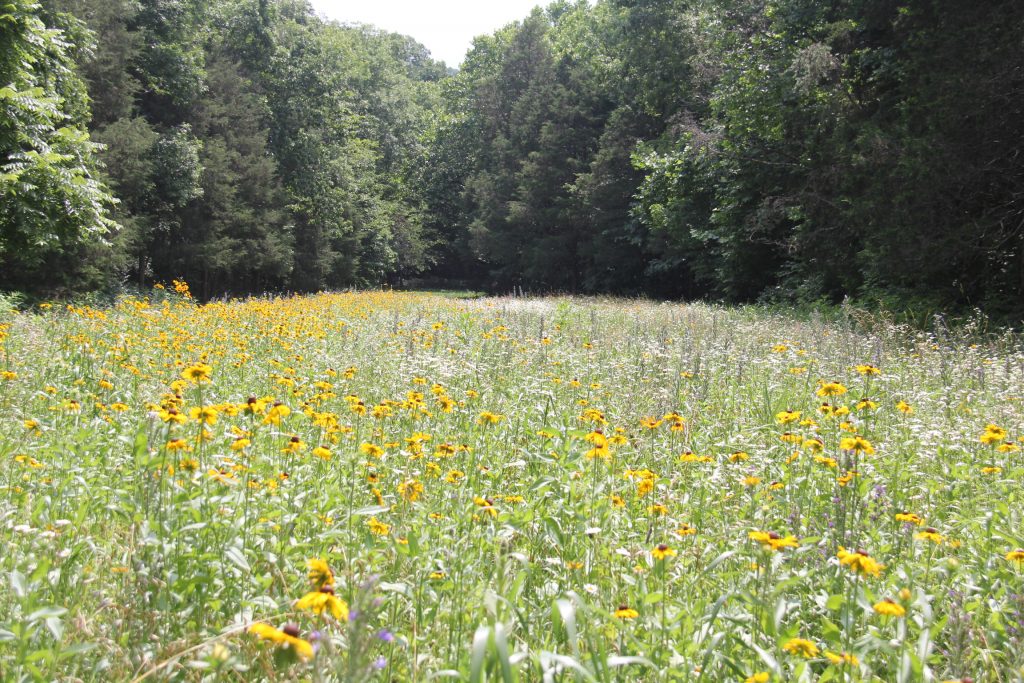
ThunderCroft also contains a cave, which extends 1,000 feet underneath the property, with its deepest point measuring 80 feet straight down. While it is not open to the public, Thunder Cave is currently available to scientists who are monitoring the presence of endangered and threatened species of isopods and amphipods.
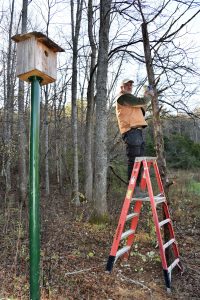
Students from Virginia Tech have also conducted research in the different habitats on the property, on everything from the Eastern Screech Owl to the Blacksburg Salamander. To read more about these projects, see the Science Alliance page on the ThunderCroft website.
“My family and I have been here seven years now, and it’s a dream come true,” Cox says. “We want to continue to improve the habitat as well as showcase examples of sustainable building with the lodging that we offer. The goal is to make ThunderCroft a living example of what could be.”

Good article
Comments are closed.